Stretched too thin: yet more challenges for designing high-performance façades
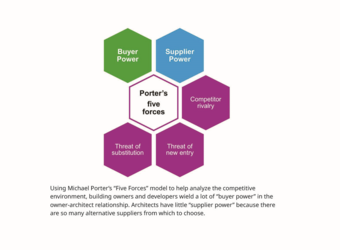
A blog on USGlass Magazine by Helen Sanders
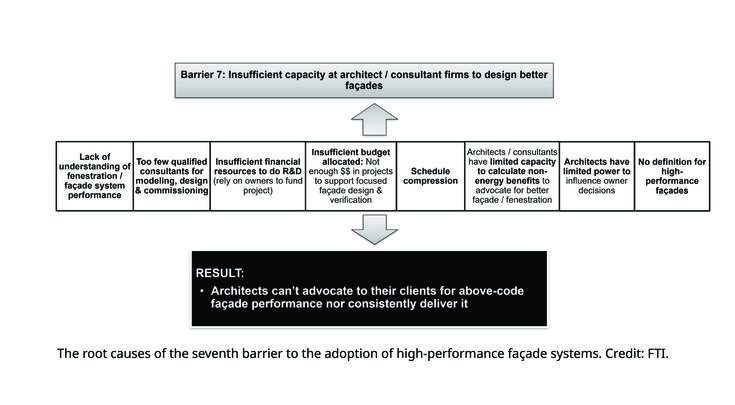
Over the past six months, I have been stepping through the barriers to the adoption of high-performance fenestration and façade systems that were uncovered through a United States Department of Energy (DOE) funded research project I conducted with Stephen Selkowitz for the Façade Tectonics Institute (FTI). This month, we focus on the seventh and last barrier for high-performance façades in new construction: Insufficient capacity at architectural firms and enclosure consultants.
We found several root causes of this barrier:
- Architects’ lack of knowledge of fenestration and façade system performance
- Too few qualified consultants to conduct whole building or façade modeling, façade design and envelope commissioning
- Insufficient financial resources for façade design research and development (R&D) at the building level
- Insufficient budget allocation (and therefore time allocated) for façade design
- Construction project schedule compression
- Architects and consultants have limited power in the supplier relationship with owners
- Architects have limited ability to calculate the non-energy benefits to advocate for better façade systems
- No performance standard for high-performance façade and fenestration systems
Lack of Knowledge
There continue to be major misunderstandings of façade and fenestration assemblies within the architectural community. For example, at the basic level, there is confusion between the fenestration assembly and the center-of-glass U-factors—a mistake that can cause building designs to underperform the expected design.
This knowledge gap begins at the university level, where there is a notable lack of façade-related curricula in undergraduate architectural degrees, according to another FTI study led by Ajla Akšamija, professor and chair of the University of Utah’s School of Architecture. Only in graduate education is façade-level detail found and then, only as elective courses. Professional-level continuing education and in-house mentoring are also insufficient to provide entry-level and career architects with the tools they need to design and detail better façade systems.
According to research by Terri Peters, an associate professor at Toronto Metropolitan University, and Ted Kesik, a professor at the University of Toronto, architects need much better climate action competence and recognize the need for “adapting reskilling of architecture. ”
Too Few Qualified Consultants
Since architects must know a little about a lot, and because the envelope is becoming more complex, façade design is increasingly being outsourced to enclosure consultants. An architect recently told me they thought the architectural profession was becoming one of the project managers because of the increasing amount of design outsourcing of building sub-systems they were doing. Their role is, therefore, becoming one of coordination and management.
Unfortunately, there are not enough sufficiently qualified consultants to take the load from the architect. This has implications for effective façade design and envelope commissioning. The poor quality and inconsistency in building simulations—especially simulating the façade—was identified as a clear issue. The City of Vancouver identified this as a major challenge and instituted specific simulation guidelines for energy modeling used for code compliance to address it. These have now been adopted province-wide. Vancouver also invested in training programs to support capacity building in the simulation community.
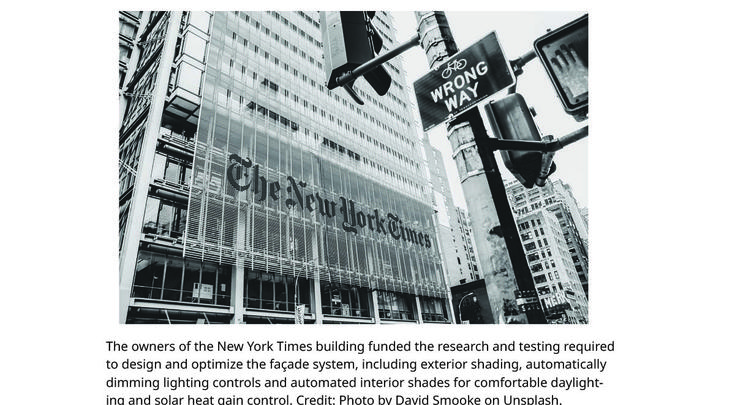
Insufficient Funding for R&D
Few architecture firms have the resources and economies of scale to fund dedicated R&D departments to evaluate new high-performance façade designs. They typically rely on willing building owners to fund research as part of a specific building project. While this has happened on exceptional buildings like the New York Times building and a Genentech laboratory, it is certainly not typical. Those buildings remain unique, as the R&D investment did not make these designs business as usual.
The architect’s challenge is that every building is different. Learnings from the last project must be transferred to the next, built upon and modified.
Insufficient Budget and Schedule Compression
Developers are increasingly driven to get a faster, lower-risk and higher return on their investment. Practitioners note that there is never enough budget allocated or time to undertake appropriate façade design work for a building project.
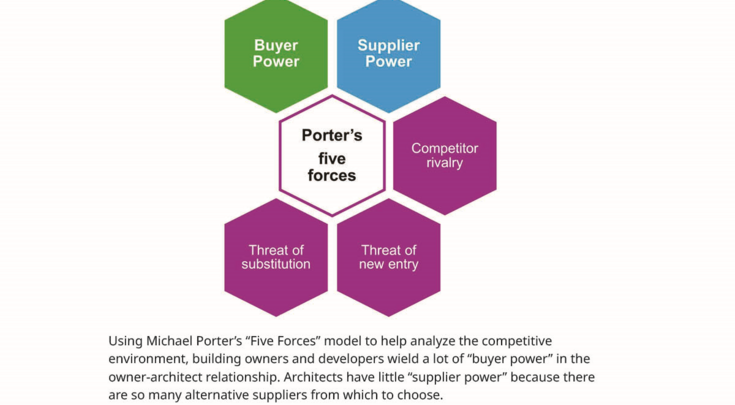
No Supplier Power
Using Michael Porter’s “Five Forces” model to understand the competitive environment, architects have limited power in the client relationship to drive high-performance façades. If the architect decides to take a stand with an owner to drive a high-performance façade, they can easily engage another firm that will design what they want.
Max Wolf, an architect and façade specialist formerly with Skidmore, Owings and Merril (SOM), told FTI, “The tiny subset of architects that lead architecture and engineering firms generally lack the courage or technical competence to pitch ultra-low carbon proposals for fear of losing a sale or alienating a client. Since most clients are indifferent to or ignorant of what comprises their share of responsibility for reducing emissions, this risk aversion is somewhat understandable, as design leaders in isolation have little leverage with clients on what a building’s performance targets or design life will be. These nearly always come down to the code and market forces, both of which are inadequate to address climate change.”
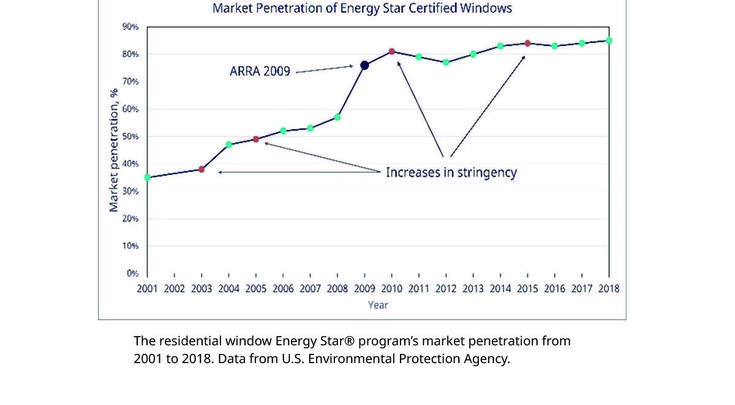
Inability to Calculate Non-Energy Benefits
Linked to the challenge identified above, architects do not have the tools available to adequately communicate the non-energy benefits of designing with high-performance façades, such as thermal and visual comfort. Some standards and tools to evaluate comfort exist, but they require expertise and are not in widespread use. Also, there are no standardized methods for architects to calculate the monetary benefits of delivering occupant comfort.
No High-Performance Standard for Façade/Fenestration Systems
Lastly, architects do not have a standard for high-performance façades. Such a standard could be a design roadmap and a starting point for their conversations with owners. Also, incentive programs could reference a standard for high-performance façades to drive investments in enclosure performance.
The combination of the above-code Energy Star® program for residential windows and tax incentives for homeowners introduced by the American Recovery and Reinvestment Act of 2009 resulted in the acceleration of residential fenestration’s installed performance compared to the base energy code. Energy Star windows have achieved over 80% market penetration since 2010 despite stringency increases over that period.
The absence of a similar standard for commercial fenestration or façades has limited the ability to use incentives to target façade performance. Because of the totality of all these root causes, architects find they cannot effectively advocate to their clients for above-code façade or fenestration performance or consistently deliver it.
FTI is initiating work to create a definition for high-performance commercial fenestration and façades supported by the DOE. Watch for more on this initiative soon. Education across all value chain silos is also a significant part of the FTI mission. I encourage you to get involved to break down the barriers to high-performance façades!

